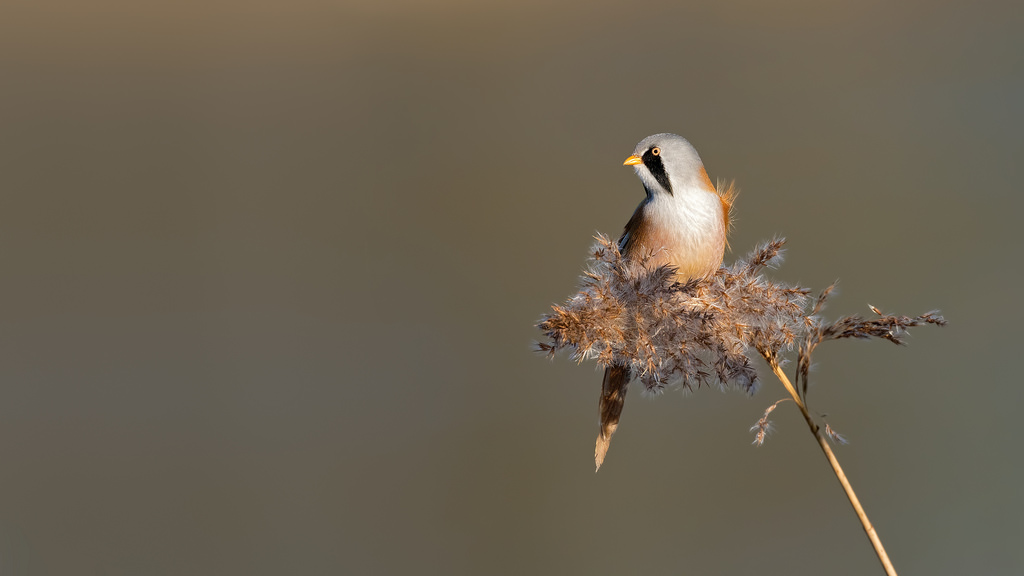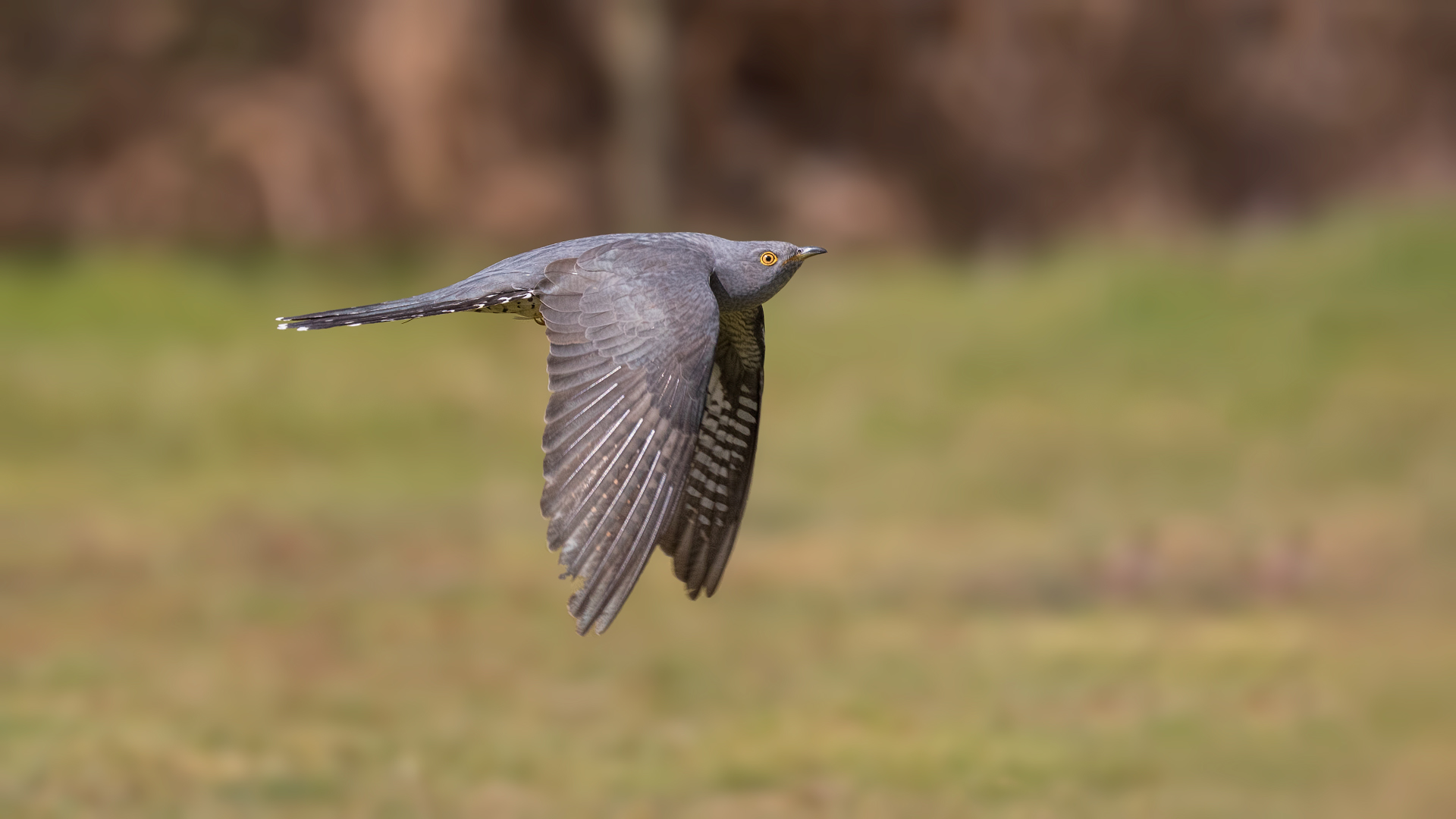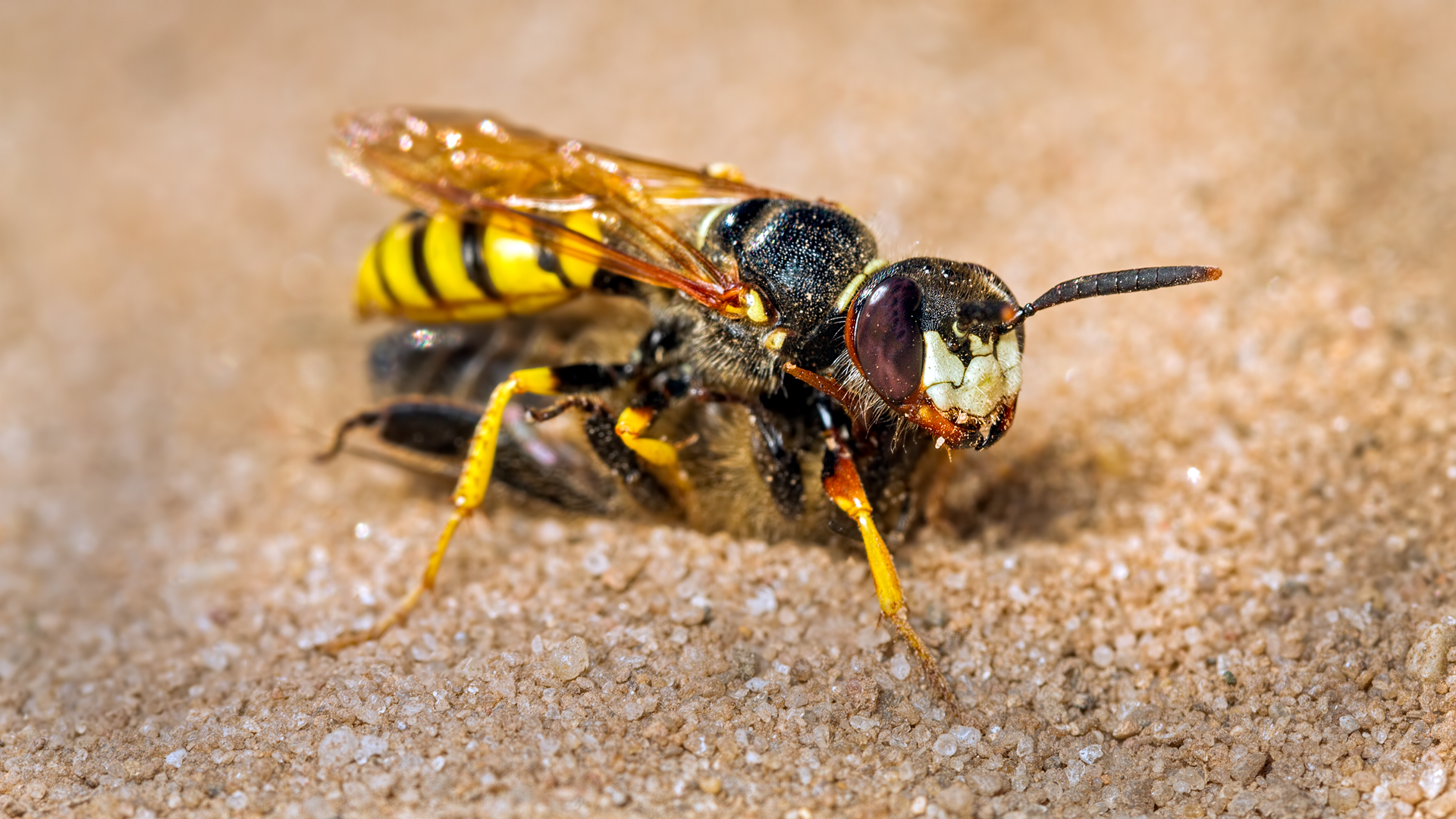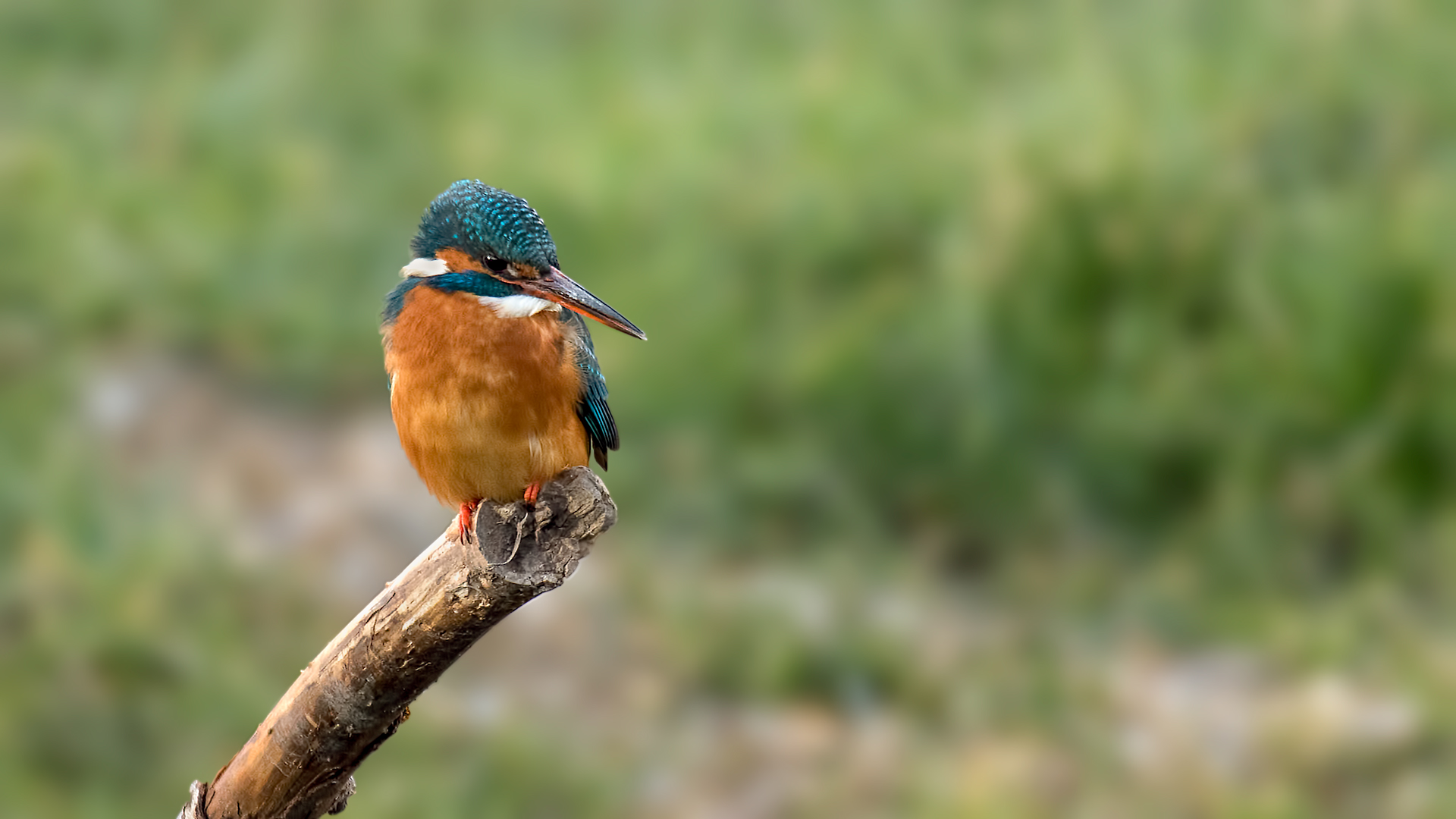In various fields and hides, like minded R7 owners and I have been chatting about setting up our new toys to maximize chances of getting the shot. Here I detail my current setup and my often miss-guided thoughts on why I have my camera configured this way.
As winter turns to spring and the first snowdrops burst into flower, my mind begins to think of the impending arrival of migrating birds, and the many hours of photographic excitement they bring. From cuckoo to chats, swift, swallows, martins, warblers and any more, all bring smiles and chances for a shot or two thousand. One group however has me whiling away the warm evenings more than any other, and that is the terns, mainly the common terns in my area.
Reviews really are not my thing. I cannot talk about MTF curves, CA, variation etc and will fall asleep reading such reviews if I try. So this article is about my real world experience with this wonderful toy, and showing what I a muppet like me has managed with it. By calling it a "wonderful toy" at the start I have already given away the conclusion, but how did I get there.
Just a few years ago I would have been overjoyed to get a distant shot if a cuckoo, but one bird has re-aligned my expectations.
As summer moves towards autumn bird life tends to be less active. Migratory birds such as swift and terns start their long journey and there is often a bit of a gap before things that over winter here return to our shores. As such the big lenses get less use and I start to wear out my macro kit. Every week from the first warm days of spring something new and often short lived appears, from flying ants and mayfly that last but a day to the arrival of migratory butterflies and moths. There is always something wonderful to see through the magic eye of the macro lens.
Sometimes when out shooting wildlife, poor light and distance from a subject can mean really pushing your camera and lens to its limit. With only an old and battered 100-400 I often find myself pushing things a bit too far. So what can I do to rescue an image that is verging on the unusable? While it is impossible to polish a turd, at least it is with my poor Photoshop skills, there is still a lot I can do to make and acceptable image.
Page 1 of 3



































